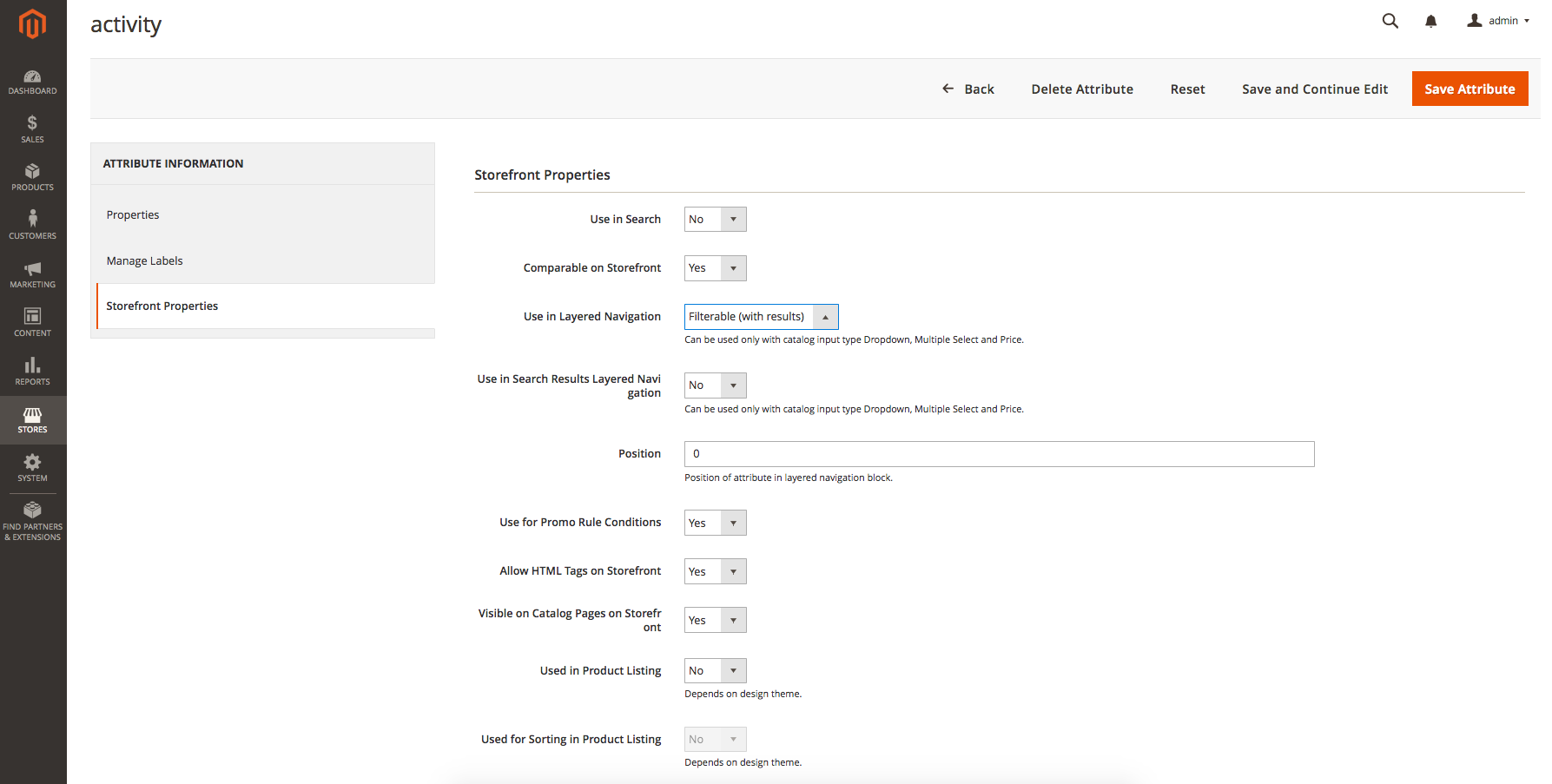
Improving UX: understanding product attributes
As Magento developers, brands come to us with ecommerce websites in all sorts of different conditions. A common area in need of improvement is product attribution. Merchants must listen to customers to create the best possible browsing experience and route to purchase. Customer frustration directly impacts conversion rate, so it’s vital to get user experience right.
User Experience (UX) expert and Creative Director at Space 48, Anna Green, discusses the role of product attribution on ecommerce websites and user experience improvements:
What are product attributes? The characteristics that define your products, which enable consumers to search, filter and compare products, aiding browsing and decision making.
Common mistakes and oversights with product attributes
Not thinking about the bigger picture
Developers often plan their product attribution with just one or two specific needs in mind, rather than considering the overall ecommerce strategy.
For example, you might want to add a brand attribute to your products that allows consumers to filter by brand (at category level), compare the brand when adding products to “compare” and see the brand on the specification tab of the product page. However, brand attributes information can be made available to personalisation tools and ESPs, such as Nosto and Dotmailer, so they can drive the nurturing process to tailor content to individual customers.
Customer experience issues
Developers sometimes add product attributes to allow certain functionally or to pass information onto to third parties, but some won’t make sense to customers, i.e. a product showing “Not Available Online”. Certain attributes can be hidden from the public – but if they’re not, it will confuse your consumers!
It’s important to have a strategic approach to ensure suitable filters are enabled in the right places for the right purpose.

Product attribution placement not optimised
Configuring attributes, so they appear in the right places on your website, is crucial for creating an optimised customer journey. In some cases, it will be relevant to display product attributes, whilst sometimes too much information slows down the route to purchase or disrupts the consumer browsing process. Define your customer journey and establish the key areas on your ecommerce store where attributes should be displayed.
Tips for setting up product attribution during replatforming
Implementing a product attribution strategy during a replatforming process is the perfect time to get things set up right, especially if you’re integrating a new platform with an existing ERP system, as you can work with developers to populate attributes onto your new platform.
Consider the following when setting up product attributes during replatforming:
- What attribute-driven features do you require and why?
- What information do users need? – If you’re not sure, ask your customers!
- Ensure attributes not intended for consumers don’t display in filters, compare, specification or search sections
- Think hard about your catalogue filters – have you got a large catalogue of products with lots of features which would help narrow down consumers’ search?
- What third parties or feeds would benefit from more granular data?
- Get some training! – If you or your team are not confident configuring attributes efficiently, it may require additional training. Get in touch, we would be happy to help.
Getting these elements right when replatfoming your ecommerce website will save you some headaches later down the line!
Effective product attribution from a UX perspective
Here are the key things get right with product attributes with UX in mind:
- Provide useful catalogue filters allowing users to include & exclude the factors which help narrow or broaden their browsing experience, e.g. price, size, colour
- Enable more accurate search results – your out-of-the-box search feature may include description and title only (not brand), so set it up according to your customer research and Google Analytics, which will steer how you display your attributes and set your search parameters
- Ensure you have adequate comparable information for consumers comparing products – particularly if you sell gadgets and computers
- Enable third parties and your email marketing to deliver effective personalisation and product recommendations
Creating a better user experience on your ecommerce website will lead to more satisfied browsers. Product attribution is a key component of effective UX and helps provide consumers with a smoother route to purchase.
Summary
Fixing product attributes can be a daunting prospect for merchants and often requires developers to undo bad work before helping them to improve their strategy. Our approach as an ecommerce consultancy is to enable businesses to implement a strategy for product attribution and find the best way to effectively roll it out, making the required changes to create a better user experience.
Space 48 is a leading UK ecommerce agency. Our experienced ecommerce developers specialise in Magento website development and Magento 2 migration.





